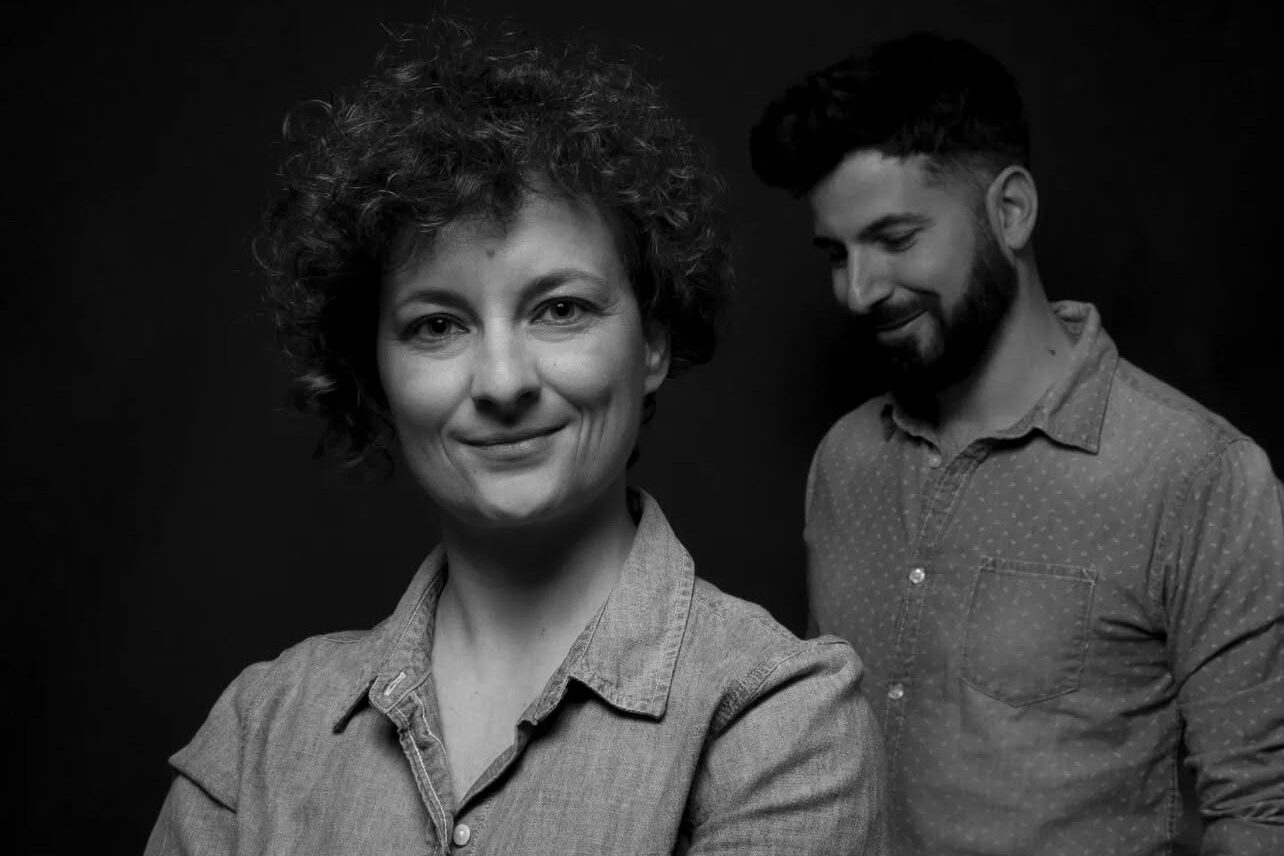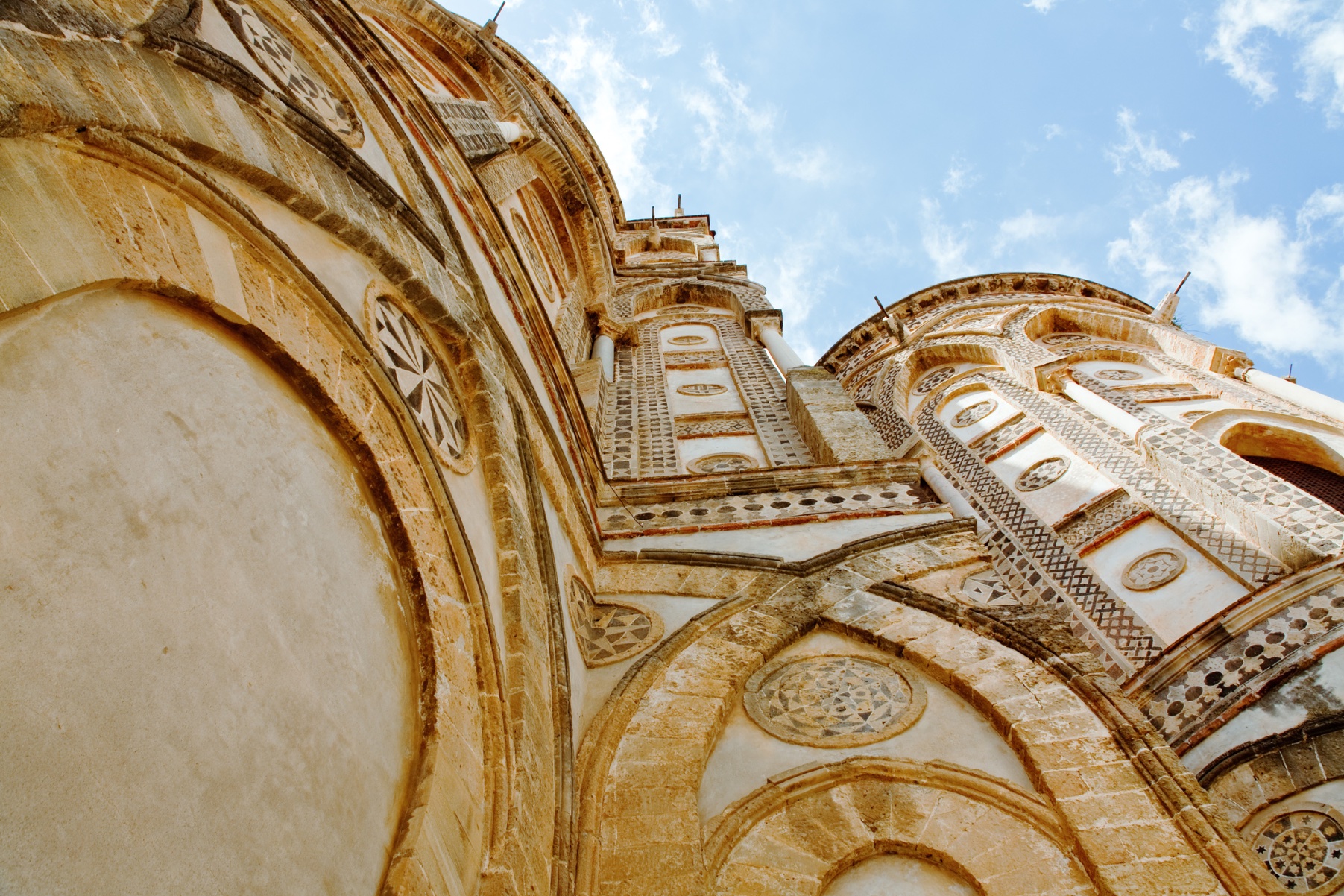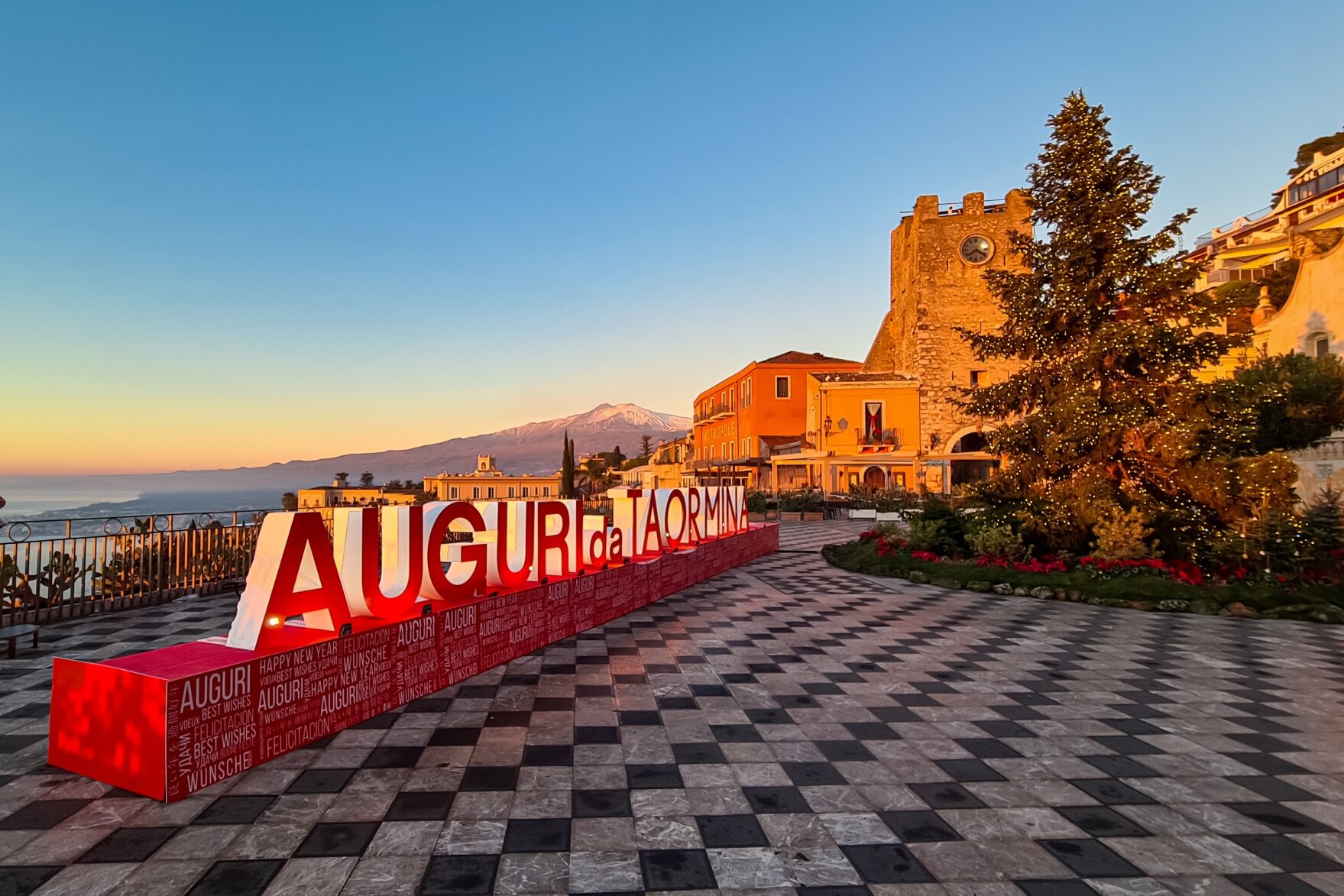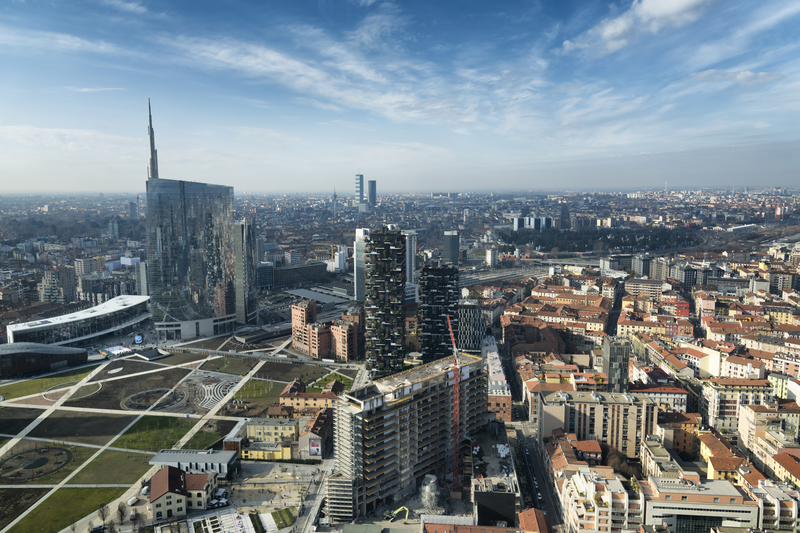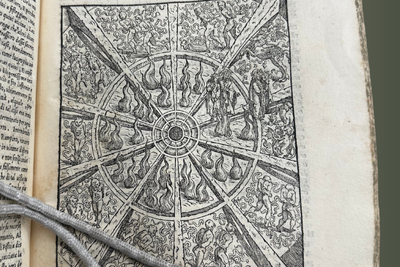“I can move! I can talk! I can walk!” : whoever has a passion for fairy tales must know the story this quote belongs to. Not sure yet? Here another hint: “When he lies his nose gets big.” Yes, you are right! We are talking about Pinocchio, the most famous animated puppet brought to life by a blue fairy, who promises he will become a real boy only if he proves himself to be “brave, truthful, and unselfish”. But, as we all know, especially this kind of achievements do not come without a certain numbers of adventures and many dangerous situations to pass. That’s the path followed by the little burattino too.
The novel “Le Avventure di Pinocchio”, written by Italian author Carlo Collodi, was originally a series in 1881 and completed as a book for children in 1883. However it became popular worldwide also thanks to the animated fantasy movie produced by Walt Disney in 1940. Although it is today considered as one of the best achievements of the American director, Disney’s second full length animated feature movie did not reach the expected success. This and much more has been at the centre of an exclusive panel, “Pinocchio from Collodi to Disney”, hosted by the Italian Cultural Institute on May 19, in occasion of the opening of the exhibition “Wish Upon a Star: the Art of Pinocchio” at the Walt Disney Family Museum in San Francisco.
Animation Historian John Canemaker and Italian journalist Federico Fiecconi have walked the audience through a fascinating discovery of Pinocchio as character as well as of the illustration of some original Italian objects and artworks related to Collodi’s masterpiece, on display at the Institute’s conference hall for two weeks.
As researcher, author, and director who won, among others, an Academy Award, John Canemaker explained the making and the art of Disney’s masterpiece, focusing on the comparison between the Disney version and Collodi’s original novel. On the other hand, thanks to his experience as Animation Reporter, Federico Fiecconi could give an overview of works of some Italian artists inspired by Collodi’s story.
While walking through the exhibition at the institute, you will find the historical evolution of some popular artworks representing the Italian puppet: starting from “Il Giornale per i Bambini”, a serial story from 1881 published on an Italian magazine, you will enjoy drawings of Mazzanti’s illustrated book; some of Mussino’s illustrations (whose landscapes have been recalled by the Walt Disney’s movie); and sketches of contemporary cartoonists and artists with a modern approach and style to the story.
Fiecconi’s exploration was followed by John Canemaker’s review of both Pinocchio and the Walt Disney’s movie: thanks to his knowledge and experience in the animation world, Canemaker delivered a captivating analysis of Pinocchio’s character. Walt Disney travelled to Europe in the mid 1930s and, once in Italy, he bought some books hoping to find a story for a new movie: that’s how Collodi’s novel became one of Disney’s movies. But the path was not as easy like for other animated movies: Walt Disney started working on Pinocchio in 1938 and immediately had to deal with some issues.
“Working on Pinocchio’s movie was not that smooth as Walt Disney would have expected”, John Canemaker explained. “He had to deal with the length of the story (33 chapters), while the character itself was a tough one. Pinocchio is not a warm and cuddly puppet, he is ugly and it does not represent a charming hero as Disney’s fans would like. That’s why they needed an extra-effort to make of him an appealing, cute character.”
How did the Pinocchio movie express the new achievements in the industry?
The characters in the movie are very sophisticated. Nevertheless, the animation process was not easy either: visualize the words and the actions in the board was very hard as well as the making of all characters. Walt Disney had to create a team to produce little clay sculptures. Indeed, he also hired a muppets maker, Cristodoro, who was considered the “maestro” of the team. This movie is very meaningful, in the way it proved, for the first time, that making cartoons is a real art”.
Why didn’t it get the expected success at the beginning?
The fact that it was produced soon after Snow White is crucial. Snow White was a romantic movie, whereas Pinocchio is a “buddy movie”, limited in terms of audience. Therefore, from the historical perspective, the war had just started in Europe and finances were bad, so very few people could watch it.
What’s the difference between that audience and today’s one?
Pinocchio is one of those stories that are told by grandparents, parents, and so on. It has such a strong and good reputation that everybody loves it today, even if it’s a bad and ugly character, so different from any other hero. It’s not by chance that other directors, such as Spielberg and Francis Ford Coppola, got inspired by Pinocchio, its personality and features.
Is there any contemporary character that reminds you of Pinocchio?
This movie has not been surpassed in quality yet. Right now I cannot think of any other character that reminds me of Pinocchio, however I can say that he is great because Collodi was as much realistic as he could. “We should have known the story more and gone back to Collodi’s story”: Walt Disney was not wrong after all.
The exhibition “Wish Upon a Star: The Art of Pinocchio” is on display from May 18, 2016 through Jan 9, 2017 at the Diane Disney Miller Exhibition Hall – WALT DISNEY FAMILY Museum.




